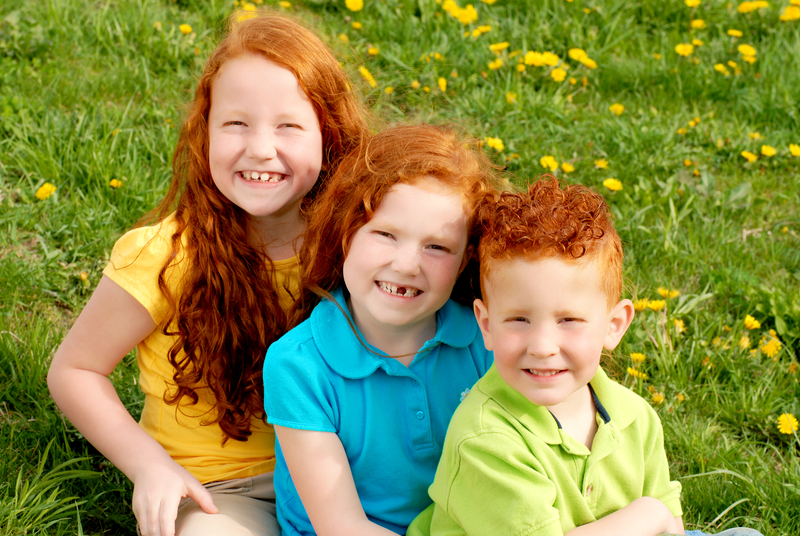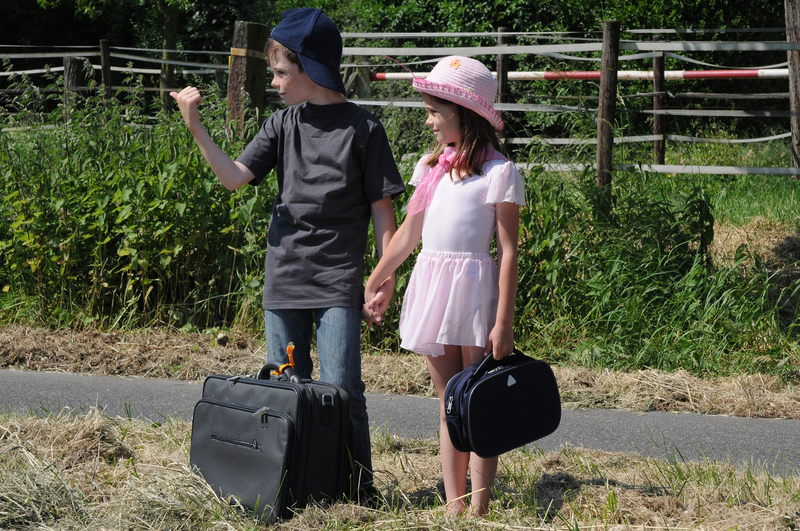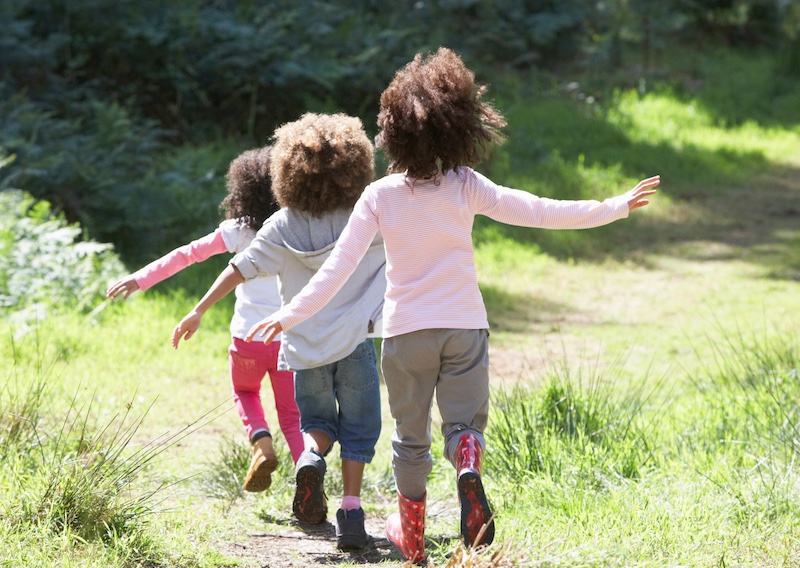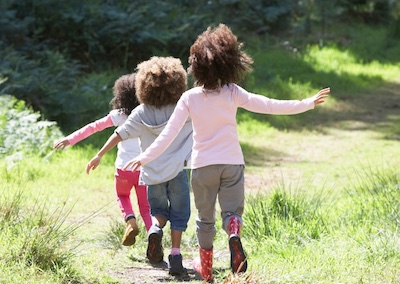Sibling relationships are unique and powerful, shaping our lives from childhood through adulthood. Central to fostering healthy sibling dynamics is effective communication. In this article, we will explore the importance of sibling communication and provide practical strategies to nurture strong bonds between brothers and sisters. From active listening to conflict resolution, these techniques will help siblings develop meaningful connections, navigate conflicts, and create a foundation for lifelong support. siblings play together and make long-lasting memories and share experiences. Having siblings can also be a great way to foster a sense of responsibility, as they help each other out with chores and day-to-day tasks. By living together in the same household, siblings can learn important social skills such as patience, communication, and problem-solving. Whether it’s sharing a joke or lending an ear during difficult times, having siblings is all about helping each other out and being there for one another.
The Power of Active Listening

Active listening is a powerful tool that can transform sibling communication. By actively engaging in the listening process, siblings can create an environment of understanding and mutual respect. Here are additional techniques to enhance active listening skills between siblings.
- One technique is maintaining eye contact. Encourage siblings to maintain eye contact when engaging in conversations. This non-verbal cue shows that they are fully present and attentive to what the other person is saying. It conveys a sense of respect and importance to the speaker’s words.
- Another technique is providing undivided attention. Siblings should be encouraged to eliminate distractions and focus solely on the conversation at hand. This means putting away electronic devices, turning off the television, and finding a quiet space where they can give each other their full attention. By doing so, sibling’s show that they value and prioritize the speaker’s thoughts and feelings.
Open and Honest Dialogue: Creating a Safe Space
Creating an environment of open and honest dialogue is crucial for sibling communication. We’ll explore strategies for parents to foster a safe space where siblings feel comfortable expressing themselves without judgment or fear. By encouraging open discussions, siblings can share their thoughts, concerns, and joys, cultivating trust and strengthening their connection.
Resolving Conflicts with Respect
Sibling conflicts are a natural part of growing up and living together, but they also offer valuable opportunities for growth and learning. By equipping siblings with effective conflict resolution skills, they can navigate disagreements in a constructive manner while maintaining respect for one another.
One powerful technique is the use of “I” statements. Encouraging siblings to express their needs and concerns using “I” statements helps to avoid blame and defensiveness. For example, saying “I feel upset when you borrow my things without asking” instead of “You always take my things” allows for more open communication and reduces the likelihood of escalating the conflict.
Developing Empathy and Understanding

Empathy is a fundamental component of healthy sibling relationships. It involves the ability to understand and share the feelings, perspectives, and experiences of another person. Fostering empathy between siblings is crucial as it cultivates a deeper bond, strengthens communication, and promotes mutual support. Siblings who practice empathy strive to understand each other’s emotions. They make an effort to recognize and validate the feelings expressed by their siblings, even if they may not personally experience the same emotions. This understanding creates an environment where siblings feel heard, valued, and supported.
Collaboration and Sharing: Strengthening the Sibling Bond
Collaboration and sharing are essential elements in strengthening the sibling bond. When siblings actively collaborate and share with each other, they develop a sense of unity, teamwork, and mutual support. Collaboration and sharing create opportunities for siblings to engage in shared experiences. Whether it’s working together on a project, participating in a hobby, or engaging in imaginative play, renting a water slide or bounce houses is a great way to connect with family and friends. It encourages creativity, promotes physical activity, and helps build relationships. Plus, it’s a lot of fun! And deepen the bond between siblings. Just click here if you want to know more about amazing inflatables renting companies near your area. By collaborating and sharing, siblings develop a sense of togetherness and build a foundation of common experiences. Collaboration involves working together towards a common goal. When siblings collaborate, they learn to support and rely on each other. They develop trust and understanding, knowing that they can depend on their sibling for assistance, guidance, and encouragement. This mutual support strengthens the sibling bond by fostering a sense of camaraderie and solidarity.
Non-Verbal Communication: Understanding Beyond Words
Non-verbal communication plays a significant role in understanding and connecting with others, including between siblings. Non-verbal cues, such as body language, facial expressions, gestures, and tone of voice, provide important information about a person’s emotions, intentions, and attitudes. Exploring non-verbal communication helps siblings develop a deeper understanding beyond words. Non-verbal communication allows siblings to express messages that may be challenging to articulate verbally. For instance, a warm smile and a gentle touch can convey love and affection without the need for words. Siblings can pick up on these unspoken messages, fostering a sense of security, comfort, and reassurance in their relationship.
Family Meetings and Discussions: A Platform for Communication.
Family meetings and discussions serve as a valuable platform for effective communication within the family unit. They provide a structured and intentional space where family members can come together to share thoughts, concerns, and ideas.
- Promotes Active Participation: Family meetings encourage active participation from all family members. Each individual has the opportunity to express their thoughts, concerns, and opinions, fostering a sense of inclusivity and respect for everyone’s voice.
- Enhances Problem-Solving Skills: Family meetings provide an opportunity to address and solve problems as a collective unit. They enable family members to identify challenges, discuss possible solutions, and make decisions together.
- Establishes Family Values and Goals: Family meetings help in establishing and reinforcing family values and goals. They provide a space for discussions on what matters most to the family, such as shared values, traditions, and aspirations.
- Improves Communication Skills: Regular family meetings contribute to the improvement of communication skills among family members. By engaging in respectful and constructive discussions, family members learn active listening, empathy, and effective expression of thoughts and feelings.
- Strengthens Family Bond: Family meetings create a sense of togetherness and strengthen the bond among family members. Regularly coming together to discuss important matters, share updates, and engage in meaningful conversations fosters a deeper connection and understanding.
Parental Guidance: Modeling and Supporting Communication
Parents play a crucial role in shaping sibling communication. We’ll highlight the significance of parental guidance in modeling effective communication strategies and providing support when conflicts arise. By demonstrating active listening, respectful dialogue, and conflict resolution techniques, parents serve as role models for their children. We’ll discuss ways parents can foster positive communication dynamics by actively engaging in conversations, offering guidance, and creating a nurturing environment where siblings feel comfortable expressing themselves. When conflicts arise between siblings, parents can serve as mediators and facilitators of constructive communication. They can guide siblings through conflict resolution processes, helping them to express their perspectives, actively listen to each other, and find mutually agreeable solutions. By modeling effective conflict resolution techniques, parents empower siblings to resolve their conflicts in a respectful and collaborative manner.
Age-Appropriate Strategies for Sibling Communication
Effective communication techniques should indeed be tailored to the age and developmental stages of siblings. As children grow and mature, their cognitive and emotional capacities evolve, requiring parents to adapt their approach to communication. For young children, simple and concrete language, along with visual aids and gestures, can facilitate understanding and expression. As children enter the middle childhood stage, active listening, validation of emotions, and teaching problem-solving skills become important. During adolescence, open-ended discussions, respect for autonomy, and active involvement in decision-making empower teenagers to express their thoughts and feelings. Understanding the unique needs and capabilities of siblings at different life stages enables parents to provide age-appropriate strategies that foster effective communication. By adapting communication techniques to match their children’s developmental levels, parents can lay a foundation for healthy and meaningful interactions, promoting understanding, empathy, and mutual respect between siblings.
Long-Term Benefits of Strong Sibling Communication

Strong sibling communication yields numerous long-term benefits that positively impact individuals throughout their lives.
- Lifelong Support System: Siblings who have developed strong communication skills and a deep bond continue to provide support to each other throughout their lives.
- Enhanced Social Skills: Sibling communication helps individuals develop essential social skills that extend beyond their family dynamics. Effective communication, active listening, conflict resolution, empathy, and collaboration learned through sibling interactions can be applied to relationships with friends, romantic partners, colleagues, and other social connections.
- Improved Emotional Well-being: Siblings who communicate effectively and have a strong bond experience improved emotional well-being. The ability to express and share emotions openly, receive support, and feel understood by siblings contributes to a sense of emotional security and happiness.
- Strengthened Family Ties: Strong sibling communication strengthens the overall fabric of the family unit. Siblings who communicate well tend to have healthier relationships with parents and other family members.
- Shared Memories and Bonding: Strong sibling communication creates a wealth of shared memories and bonding experiences. Siblings who communicate well often engage in activities together, support each other’s endeavors, and participate in meaningful conversations.
- Support in Aging and Life Transitions: As siblings grow older, their strong communication skills and bond become increasingly valuable. Siblings often provide critical support and care during aging, illness, and major life transitions.
Building strong sibling communication is a journey that requires effort, patience, and guidance. By promoting active listening, open dialogue, respectful conflict resolution, empathy, collaboration, and non-verbal communication, parents can create an environment where siblings can thrive in their relationships. Effective sibling communication not only strengthens the sibling bond but also equips siblings with vital skills for navigating relationships beyond the family context. As parents invest in nurturing sibling communication, they empower their children to develop lifelong connections rooted in understanding, empathy, and support. By prioritizing sibling communication, families create a foundation for lasting relationships that contribute to their overall well-being and happiness.

